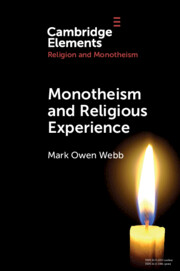Element contents
Monotheism and Religious Experience
Published online by Cambridge University Press: 26 November 2024
Summary
- Type
- Element
- Information
- Online ISBN: 9781108955317Publisher: Cambridge University PressPrint publication: 19 December 2024
Bibliography
- 1
- Cited by

